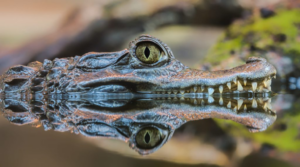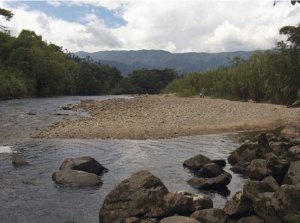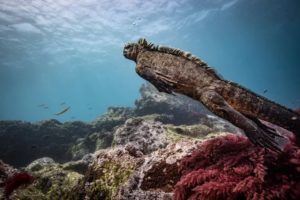Discover the birds of Northwestern Quito! This part of the city unfolds as a haven for bird enthusiasts, standing out as one of the premier urban destinations for birdwatching. With a bird population boasting more than 542 species, it represents a third of Ecuador’s impressive total of 1660 bird species, making Quito a globally unparalleled city for avian diversity.
Avian Extravaganza in the Andean Chocó Biosphere Reserve
Nestled within the Andean Chocó Biosphere Reserve, acknowledged by UNESCO in 2018, the northwest of Quito promises an awe-inspiring birdwatching experience. From the ethereal beauty of hummingbirds and parrots to the majestic presence of toucans and quetzals, this region captivates the senses. However, the avian spectacle isn’t confined to the northwest alone; the southeast, including the Cayambe-Coca and Antisana National Parks, also offers splendid birdwatching opportunities.
Quito’s Avian Kaleidoscope
Quito stands as one of the planet’s mega-diverse cities when it comes to birds. The Metropolitan District’s ecosystem hosts a breathtaking array of species, ranging from colossal condors to vibrant hummingbirds. Notable avian residents include the emblematic Andean condor, the world’s largest flying animal, and the Andean cock of the rock, renowned for its distinctive courtship dance.

Urban Oases for Birdwatching
For those seeking avian delights within the city limits, the Botanical Garden and Guangüiltagua Metropolitan Park offer exceptional urban birdwatching. The Botanical Garden hosts a variety of migratory species, while the Metropolitan Park is home to the crimson woodpecker. Additionally, Bellavista, situated on the old Nono-Tandayapa-Mindo highway, emerges as a prime birding location in Ecuador, holding the record for the highest number of bird species observed in a single day during the Audubon Christmas Bird Count.

Conservation Milestones for Avian Habitats
The recent designation of the Nono, Tandayapa, San Tadeo road as the first Ecoruta in Ecuador marks a crucial step towards preserving habitats for birds and biodiversity. Exploring the extensive trail system or the less-traveled dirt roads through the reserve allows for an intimate connection with nature and its avian inhabitants.
Enchanting Avifauna of Northwestern Quito
Andean Cock-of-the-Rock
This vibrantly coloured bird thrives in cloud forests, situated between 900 and 2,100 metres above sea level. Males exhibit a striking bright red hue throughout their bodies, while females showcase a slightly paler variation. Recognisable by a thick crest on their heads, male roosters engage in captivating courtship rituals during the breeding season. Nesting in remote and inaccessible locations contributes to maintaining their populations despite looming threats such as deforestation.

Tanager Finches – A Symphony of Colour
With an average length of 13.2 cm and a weight of 19 g, the tanager finch graces Quito’s mid to upper-level forested areas, edges, plantations, and urban parks. Males sport glossy black plumage with a concealed red crown and a white shoulder spot, visible during flight. In contrast, females exhibit a brownish-grey head and predominantly cinnamon plumage. Their diverse diet includes fruits like Miconia and guarumos, as well as insects, and their presence is most notable in the forested alisales at an altitude of 2000 metres.
Andean Condor – Majesty of the Skies
Boasting a lifespan of over 50 years in the wild and up to 80 years in captivity, the Andean condor commands attention with a height of 142 cm and an impressive wingspan of 330 cm. Preferring coastal mountain and montane habitats across the Andes, this scavenger species soars as high as 5,500 metres. An exclusive scavenger, it feeds on large carcasses, contributing to its unique featherless head and neck adaptation, preventing decay-related diseases.
Forest Finches – Nature’s Artistry
Measuring approximately 15 centimetres in length and weighing 22 grammes, forest finches exhibit distinct plumage variations between males and females. Males, adorned with a bluish-grey crown and nape and a pinkish breast, primarily feed on grass seeds. Their diet diversifies with buds, flowers, berries, small fruits, and occasional insects, providing a testament to their adaptability in different seasons.
In conclusion, the avian spectacle of Northwestern Quito transcends the ordinary, offering a mesmerising blend of diverse habitats and an extraordinary array of bird species. Whether exploring urban parks or venturing into the untouched wilderness, the city unfolds as a birdwatcher’s paradise, inviting enthusiasts into the enchanting world of Ecuador’s avian wonders.





